Cosmic Question Mark Spotted in Deep Space By the Webb Space Telescope
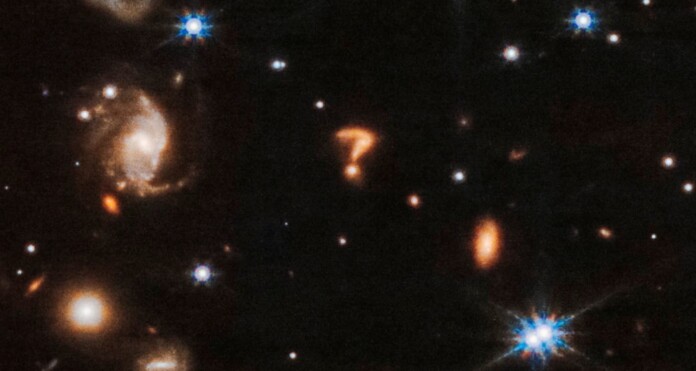
A question mark in deep space has been spotted inside pictures captured by the James Webb Space Telescope.
NASA astronomers had trained their sights on a tightly bound pair of actively-forming stars, known as Herbig-Haro 46/47.
But, some observers focused instead on a tiny, but intriguing, detail in the high-resolution near-infrared light image produced.
Visible in the scene from 1,470 light-years away is a small but distinct question mark shape.
“Is the universe asking us something?” posits an article at Space.com.
NASA astronomers had trained their sights on a tightly bound pair of actively-forming stars, known as Herbig-Haro 46/47.
But, some observers focused instead on a tiny, but intriguing, detail in the high-resolution near-infrared light image produced.
Visible in the scene from 1,470 light-years away is a small but distinct question mark shape.
“Is the universe asking us something?” posits an article at Space.com.


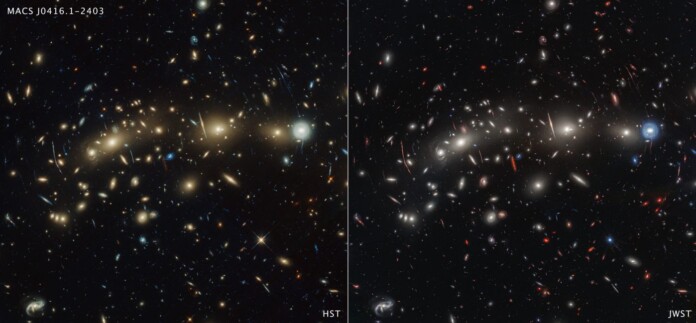
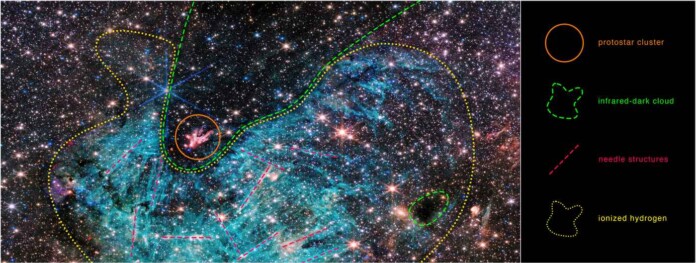
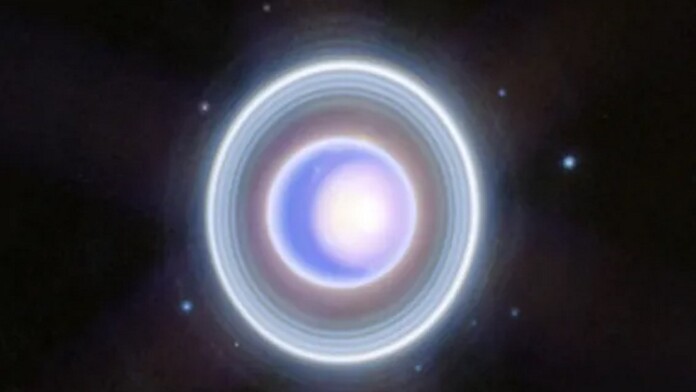
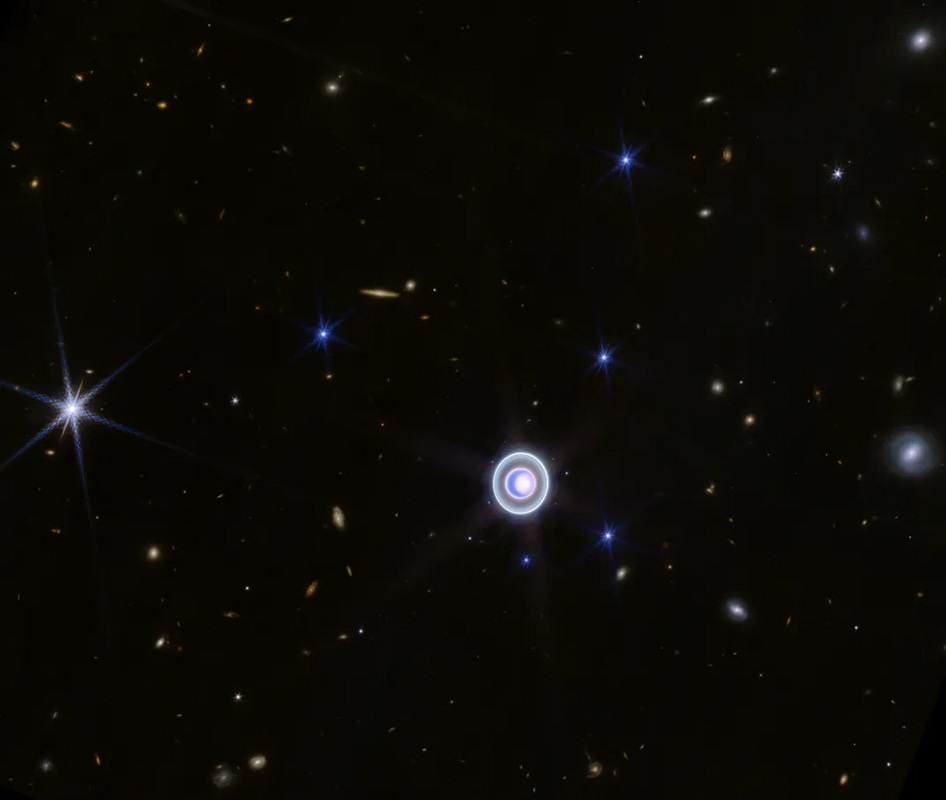


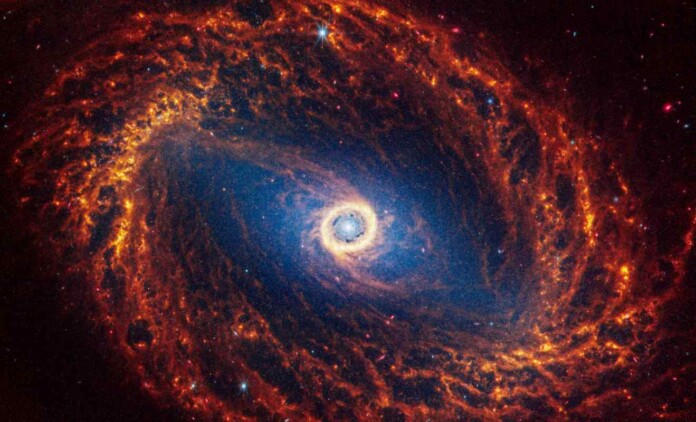
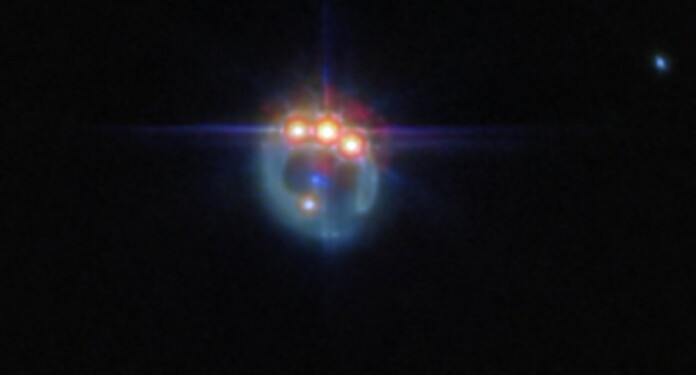
Comment